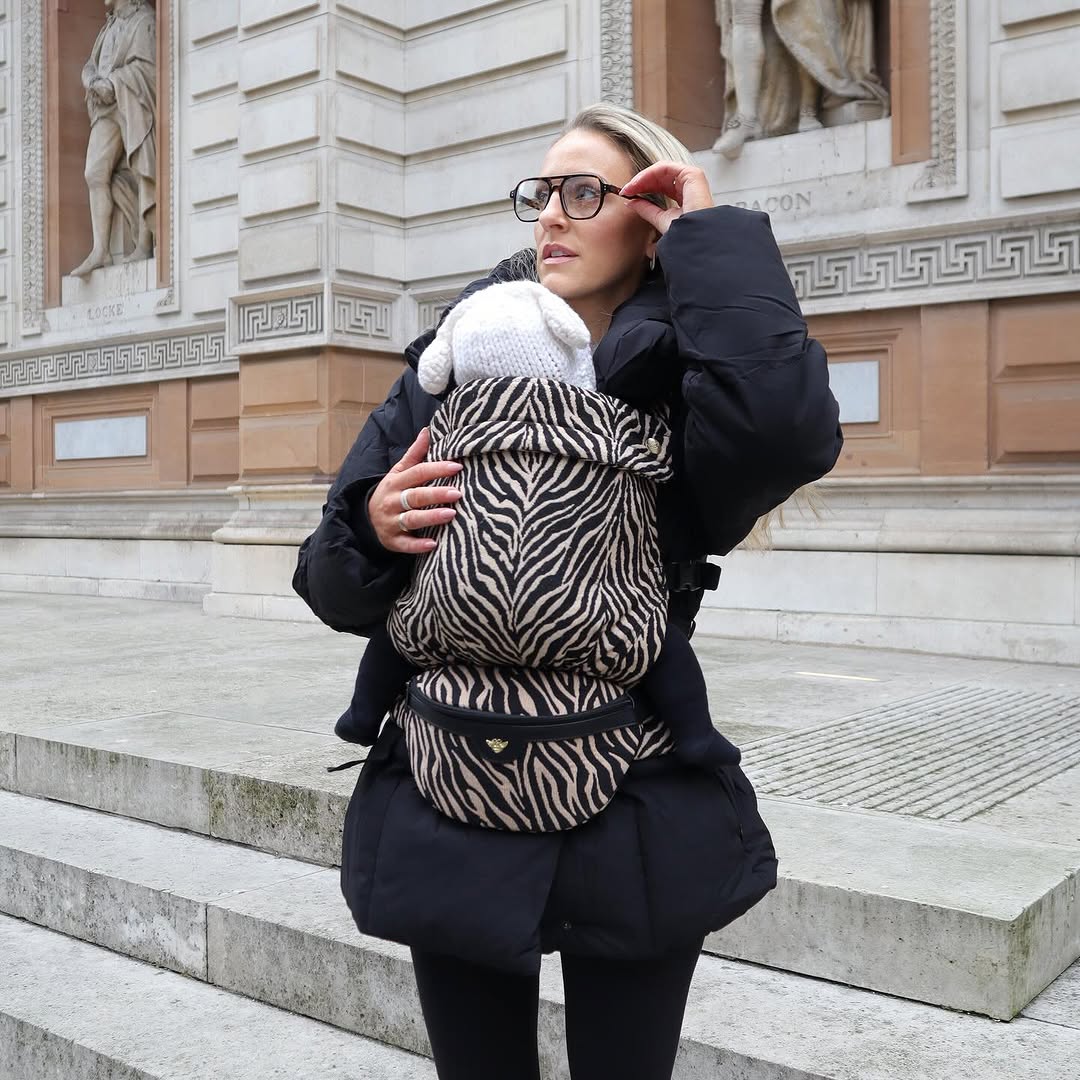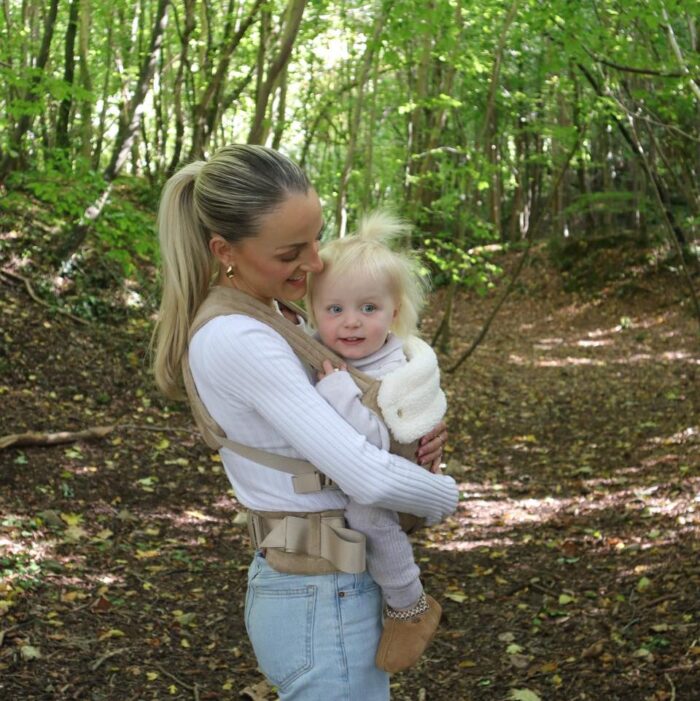
When you’re juggling a newborn, every decision feels monumental. Should you hold them constantly or let them nap in a crib?
Can you eat a meal with both hands again? And then comes the big one: should you use a baby carrier? Let’s break it down, so you can decide what works best for your situation without feeling overwhelmed.
Key Points:
- Baby carriers can make daily life easier for parents.
- They offer hands-free convenience but come with safety guidelines.
- Pros include bonding and mobility, while cons include potential discomfort.
How Baby Carriers Make Life Easier for Busy Parents
Let’s start with a confession. I had no clue what I was doing when I brought my first child home. Then I discovered the concept of baby carriers and suddenly, I had my hands free to drink coffee or fold laundry.
Carriers aren’t just functional; they can be lifesavers. They allow you to move around while keeping your little one close. Whether you’re grocery shopping or just walking to calm them, carriers make it easier. Am I right or am I right?
The Benefits of Using a Baby Carrier
View this post on Instagram
Hands-Free Convenience
One of the biggest perks is mobility. You can do simple tasks like vacuuming or making a sandwich while keeping your little one close. It’s like having a kangaroo pouch but less awkward.
Promotes Bonding
Carriers help your child feel secure. Being close to your heartbeat creates a sense of safety, which can reduce crying. It’s science, but it also feels magical.
Mobility Without the Bulk
Pushing a stroller around can feel like navigating a small ship through tight aisles. With a carrier, you move freely. No more bumping into displays at the store.
Downsides You Need to Consider

Back Pain is a Real Thing
Some carriers lack proper support, which can leave your back sore. If you’re already dealing with post-pregnancy aches, this can add to the discomfort.
Not All Carriers Are Created Equal
Cheap designs may lack safety features or comfort. Always look for adjustable straps and breathable fabrics.
Limited Longevity
Your child will outgrow the carrier faster than you think. It’s worth considering whether it’s a short-term investment.
Safety Tips Every Parent Needs to Know
Safety is non-negotiable when using a carrier.
- Ensure proper positioning ─ Your child’s head should be above the fabric, and their face should never be pressed into your chest.
- Check the straps ─ Make sure everything is secure before heading out.
- Follow weight guidelines ─ Overloading a carrier isn’t just unsafe; it’s also uncomfortable for both of you.
- Avoid risky activities ─ Cooking or running errands on uneven terrain can be dangerous.
Types of Carriers and How to Choose the Right One

Structured Carriers
These come with padded straps and buckles. They’re great for parents who need extra support and want something easy to use.
Wraps
Soft and stretchy wraps feel cozy but can take some practice to tie correctly. They’re ideal for newborns.
Slings
Slings are lightweight and easy to pack. However, they might not offer the best support for extended use.
Pro Tip: Always consider your child’s age, weight, and personal comfort when picking one.
Personal Experience ─ What Worked and What Didn’t
With my first child, I went all-in on a fancy structured carrier. It looked great but felt like wearing a backpack filled with bricks. By the time my second came along, I found a wrap that felt like a cozy hug. Each child, like each parent, has unique needs.
Are Carriers Worth the Hype?

When They’re Ideal
- When you need mobility without fuss.
- For calming fussy moments during the day.
- While traveling or doing chores.
When They Might Not Work
- If you have back pain or physical discomfort.
- When your child is too heavy or prefers more space.
Final Tips for Choosing and Using a Carrier
- Test before you buy ─ Visit a store or borrow one to see if it feels right.
- Check reviews ─ Look for recommendations from other parents.
- Watch tutorials ─ Proper use can make a huge difference in comfort and safety.
- Invest in quality ─ A little extra upfront can save you from headaches later.
Should You Use One?
Yes, if you want to simplify life and enjoy the benefits of close contact. No, if it doesn’t suit your physical needs or lifestyle. The decision comes down to what feels right for you and your little one.
You’ll figure it out. Trust me.














